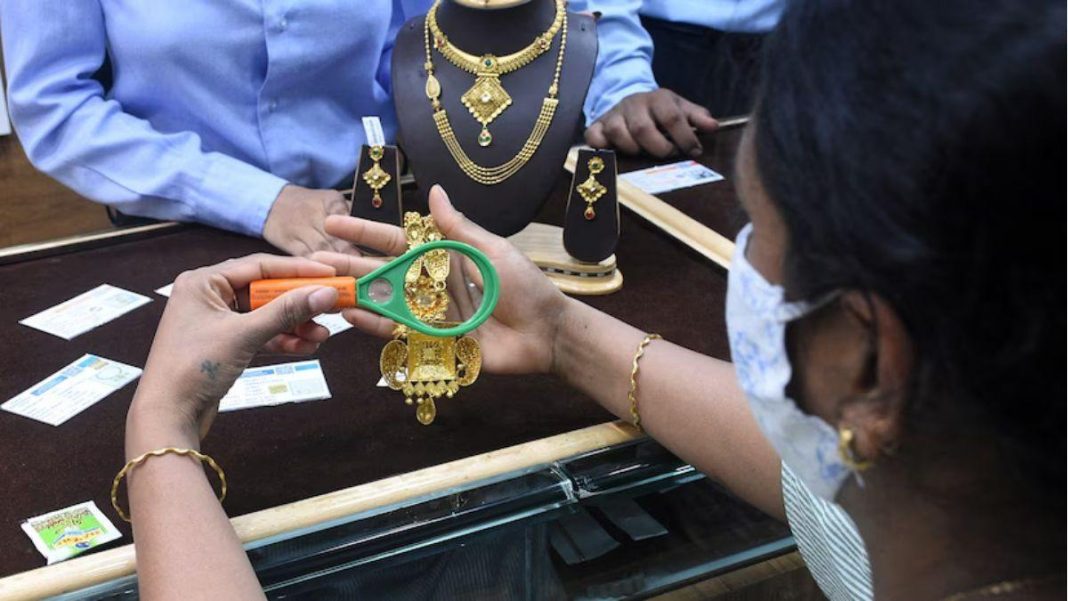As the sacred festival of Akshaya Tritiya approaches, marking an auspicious time for investments in gold, Indian consumers are presented with an opportunity to celebrate tradition while also ensuring the authenticity and quality of their purchases. Against the backdrop of recent regulatory mandates, understanding hallmarking norms and verification processes becomes imperative.
Since its enforcement on June 16, 2021, mandatory hallmarking of gold jewellery stands as a pivotal measure by the Indian government to safeguard consumers against the proliferation of counterfeit products and uphold industry standards. With revised hallmarking norms taking effect from July 1, 2021, the regulatory landscape has evolved to offer enhanced protection and assurance to buyers.
A significant stride in this regulatory journey came on April 1, 2023, with the prohibition of the sale of non-Hallmark Unique Identification (HUID) gold jewellery. This prohibition underscores the government’s commitment to transparency within the gold market, ensuring that consumers can make informed decisions while purchasing this precious metal.
Administered by the Bureau of Indian Standards (BIS), hallmarking serves as a hallmark of authenticity, certifying the purity of gold jewellery through a set of standardised symbols. These symbols include the BIS Standard Mark, which resembles a triangle and signifies certification by a BIS-approved centre; the Purity/Fineness Grade, denoting the karatage of the gold and thereby its purity level; and the Six-Digit Alphanumeric Code (HUID), which provides a unique identifier for each hallmarked piece, allowing for easy verification using the BIS Care App.
Beyond the regulatory framework, consumers should also acquaint themselves with the associated hallmarking charges, which are levied per jewellery piece and include a minimum consignment charge. Currently set at Rs 45 per article, these charges ensure compliance with hallmarking standards while additional taxes may apply.
It’s crucial to recognize that while gold jewellery purchased before June 30, 2021, may bear old hallmarking signs, the introduction of the six-digit alphanumeric HUID code on July 1, 2021, signifies a paradigm shift in verification processes. Importantly, re-hallmarking old jewellery with the new code is deemed unnecessary, provided it carries the requisite old hallmarking signs.
As Akshaya Tritiya approaches, consumers are urged to equip themselves with knowledge regarding hallmarking norms and verification procedures. By embracing these guidelines and leveraging technology-enabled verification methods, consumers can embark on their gold-buying journey with confidence, ensuring that their investments are not only steeped in tradition but also grounded in authenticity and quality.


